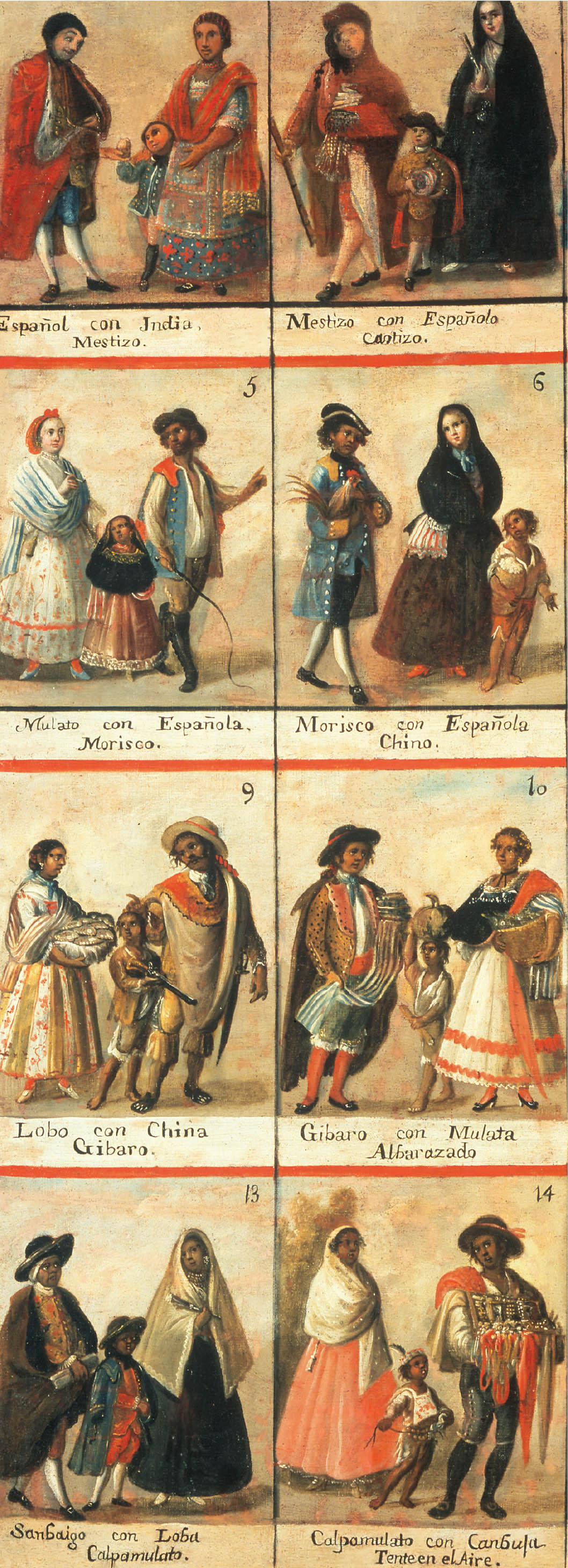New Ideas About Race
At the beginning of the transatlantic slave trade, most Europeans would have thought of Africans, if they thought of them at all, as savages in their social customs and religious practices. They grouped Africans into the despised categories of pagan heathens or Muslim infidels. As Europeans turned to Africa for new sources of slaves, they drew on beliefs about Africans' primitiveness and barbarity to defend slavery and even argue, like Sepúlveda with regard to indigenous Americans, that enslavement benefited Africans by bringing civilization and Christianity to heathen peoples. In 1444 an observer defended the enslavement of the first Africans by Portuguese explorers as necessary “because they lived like beasts, without any of the customs of rational creatures, since they did not even know what were bread and wine, nor garments of cloth, nor life in the shelter of a house; and worse still was their ignorance, which deprived them of knowledge of good, and permitted them only a life of brutish idleness."13

Over time, the institution of slavery fostered a new level of racial inequality. Africans gradually became seen as utterly distinct from and wholly inferior to Europeans. In a transition from rather vague assumptions about Africans' non-
Support for this belief went back to the Greek philosopher Aristotle's argument that some people are naturally destined for slavery and to biblical associations between darkness and sin. A more explicit justification was found in the story of Noah's curse upon the descendants of his disobedient son Ham to be the “servant[s] of servants.” Biblical genealogies listing Ham's sons as those who peopled North Africa and Kush (which includes parts of modern Egypt and Sudan) were interpreted to mean that all inhabitants of those regions bore Noah's curse. From the sixteenth century onward, many defenders of slavery cited this story as justification.
After 1700 the emergence of new methods of observing and describing nature led to the use of science to define race. Although previously the term referred to a nation or an ethnic group, henceforth “race” would be used to describe supposedly biologically distinct groups of people whose physical differences produced differences in culture, character, and intelligence. Biblical justifications for inequality thereby gave way to allegedly scientific ones (see “Science for the Masses” in Chapter 24).